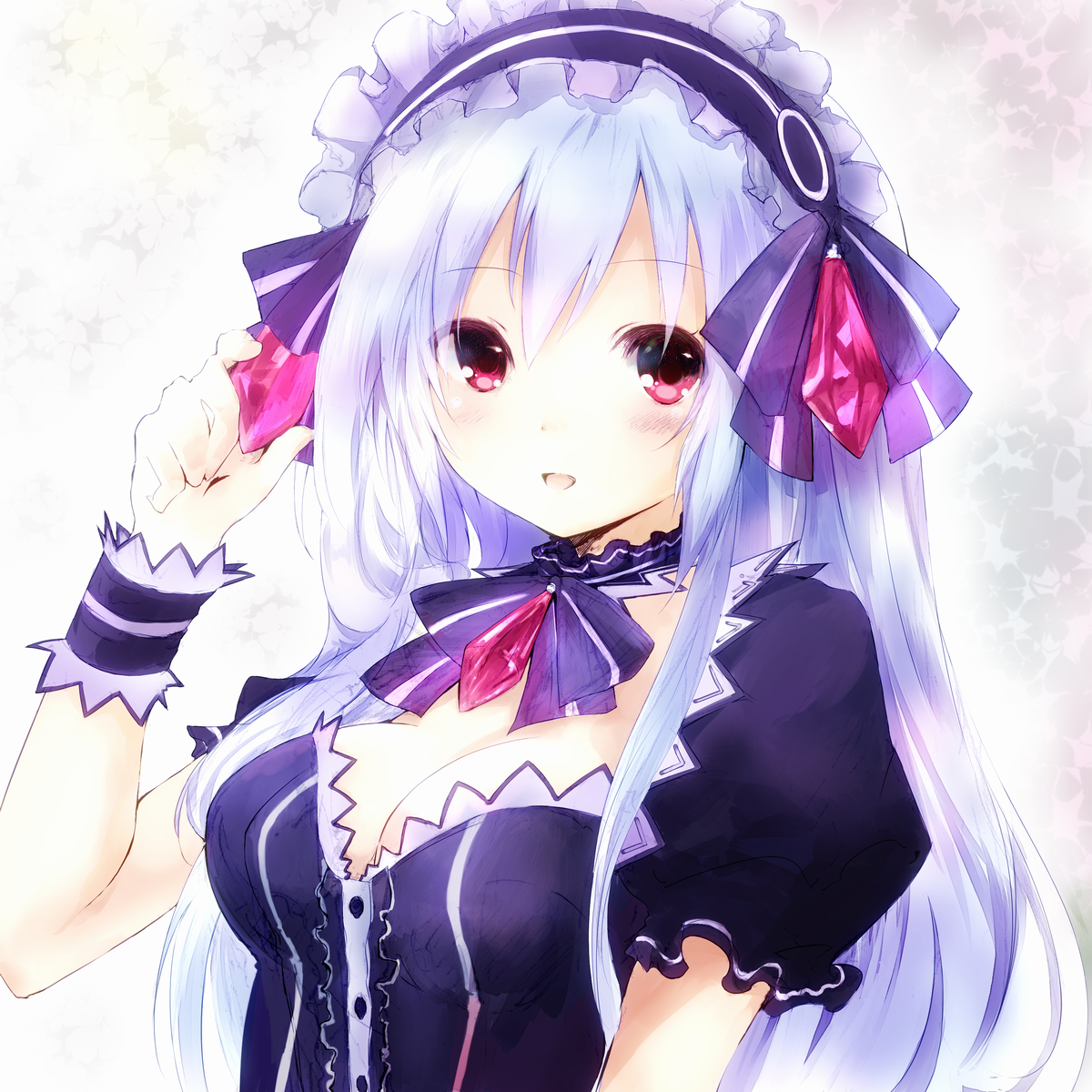

In the sense of "land where fairies dwell", primitive spellings faery and faerie are all the same in use. Faie became Modern English fay, while faierie became fairy, merely this spelling almost exclusively refers to one private (the same meaning as fay). "Fairy" was used to represent: an illusion or enchantment the land of the Faes collectively the inhabitants thereof an individual such as a fairy knight. In Old French romance, a faie or fee was a woman skilled in magic, and who knew the power and virtue of words, of stones, and of herbs. Faerie, in turn, derives from the Former French form faierie, a derivation from faie (from Vulgar Latin fata, the fates), with the abstract noun suffix -erie. The English fairy derives from the Early Modernistic English faerie, significant "realm of the fays". The Celtic Revival also saw fairies established every bit a approved part of Celtic cultural heritage. In addition to their folkloric origins, fairies were a mutual feature of Renaissance literature and Romantic art, and were especially popular in the U.k. Before the advent of modern medicine, fairies were often blamed for sickness, peculiarly tuberculosis and nascence deformities. Fairies were also sometimes idea to haunt specific locations, and to atomic number 82 travelers off-target using will-o'-the-wisps. Mutual examples of such charms include church bells, wearing clothing inside out, four-foliage clover, and food. It is likewise used as a name for the place these beings come from, the state of Fairy.Ī recurring motif of legends about fairies is the need to ward off fairies using protective charms. Fairy has at times been used as an adjective, with a meaning equivalent to "enchanted" or "magical". At other times it has been used to describe any magical animal, such as goblins and gnomes. The label of fairy has at times applied simply to specific magical creatures with human advent, magical powers, and a penchant for trickery.

Various folk theories about the origins of fairies include casting them as either demoted angels or demons in a Christian tradition, as deities in Infidel belief systems, as spirits of the dead, as prehistoric precursors to humans, or as spirits of nature. Myths and stories virtually fairies do not have a unmarried origin, simply are rather a drove of folk beliefs from disparate sources.

The championship of the painting is Take the Fair Face up of Woman, and Gently Suspending, With Collywobbles, Flowers, and Jewels Attending, Thus Your Fairy is Made of Most Beautiful Things (purportedly taken from a poem by Charles Ede).Ī fairy (also fay, fae, fey, fair folk, or faerie) is a type of mythical existence or legendary brute found in the folklore of multiple European cultures (including Celtic, Slavic, Germanic, English, and French folklore), a class of spirit, often described every bit metaphysical, supernatural, or preternatural. A portrait of a fairy, by Sophie Gengembre Anderson (1869).


 0 kommentar(er)
0 kommentar(er)
